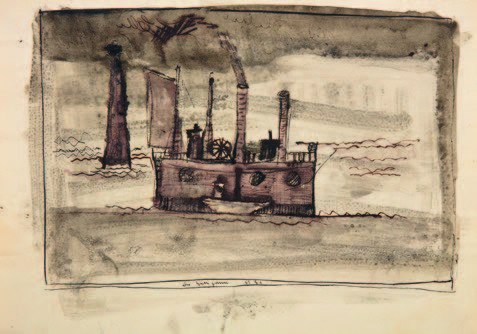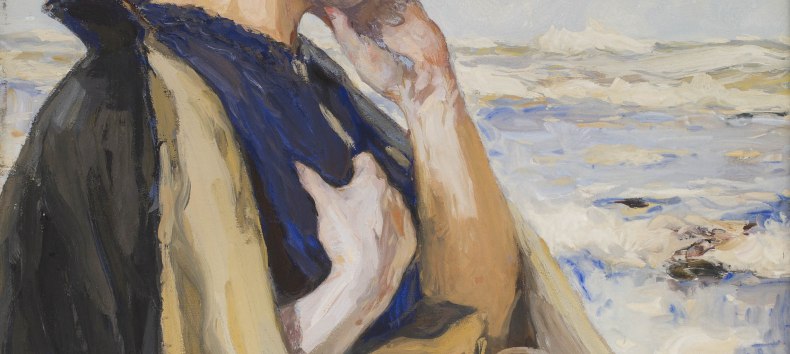Ernst Schroeder, a North German painter and draughtsman, is known for his honest, abandoned visual language and is considered a cult figure with his imagery.
Until 1990, the work of the North German painter and draughtsman Ernst Schroeder (1928-1989) went largely unnoticed by the art world. Yet his short-lived work had a significant impact on his artistic environment in the devastated Berlin of the 1950s. Trained in the western part of the city by the former expressionist Max Kaus, he came to the East and, in a circle of like-minded people such as Harald Metzkes and Manfred Böttcher, developed a sparse pictorial world in earthy tones, which was seen as an honest response by the then young generation to the ideological demands for a "life-affirming" art, expressing abandonment and a longing for simplicity. Today, Schroeder is considered a cult figure among connoisseurs: his art has achieved an almost iconic status.


